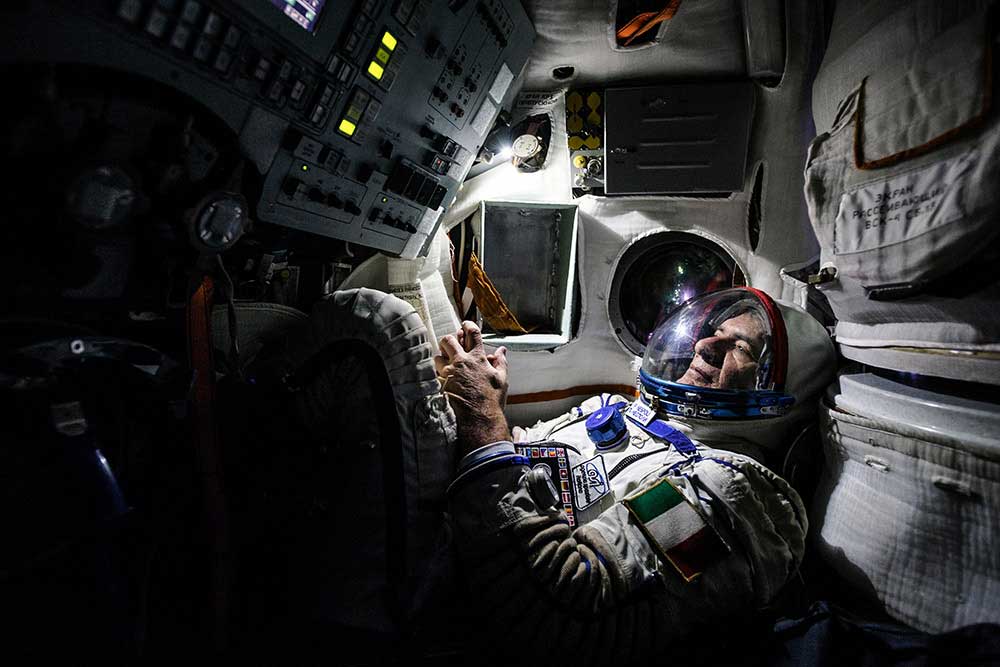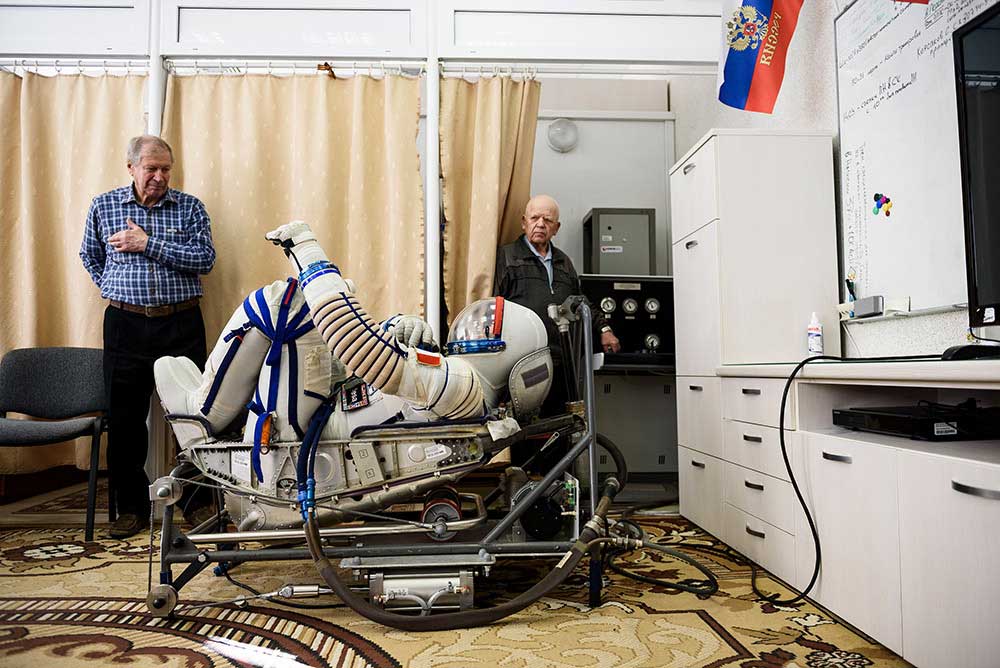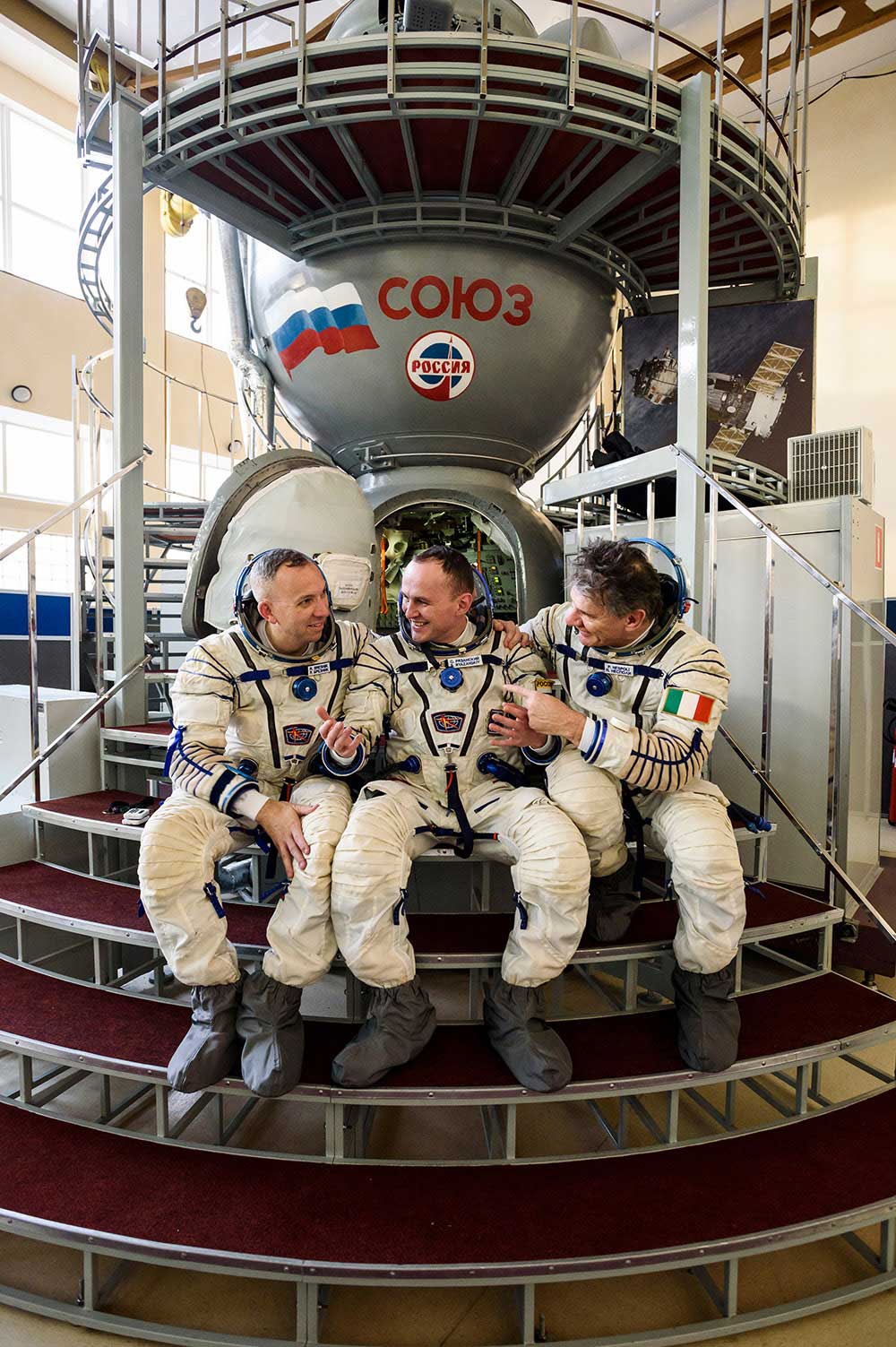Photographer and journalist, Alessandro Barteletti was born in Rome in 1981 and he currently lives in Milan.
Through his photos, he has told the reality behind the scenes of news stories and social and sports events for over a decade: from the training of the Italian soldiers leaving for Iraq in 2004 to the earthquake in Abruzzo (Italy) in 2009; from the 2008 presidential elections in the USA to the training of the Italian astronaut Paolo Nespoli, just to mention some works.
Being keen on anything one can drive fast on the roads or fly in the sky, over the last few years he has specialized in the auto and aviation industries. National Geographic Italia, Top Gear, Ruoteclassiche, Quattroruote, GQ, Wired are some of the magazines he collaborates with. He shoots exclusive projects for Trussardi, Ferrari and Aeronautica Militare. He teaches photography at Officine Fotografiche School and he has been awarded at International Prizes such as Siena International Photo Awards and Lens Culture Magnum Photography Awards. [Official Website] [Print Version] [Digital Version]

Can you tell us a little about yourself?
I’m an Italian photojournalist with more than fifteen years experience in professional photography. The journalistic aspect of photography is the one that mostly represents my job, and magazines are my main clients. Through my photos I have told the reality behind the scenes of news stories and social and sports events: from the training of the Italian soldiers leaving for Iraq in 2004 to the earthquake in Abruzzo, Italy, in 2009; from the presidential elections in the USA in 2008 to the training of the Italian astronaut Paolo Nespoli, just to mention some works. Been keen on anything one can drive fast on the roads or flying the sky, over the last decade I have also specialized in the automotive and aviation photography.
How did you get interested in photography?
Since my childhood having a camera with me has always been normal and spontaneous for an innate will to tell and share. So when I was twenty I decided to become a photographer: those were still the years of analog photography and darkroom, and thanks to this way of working I learnt a lot. Still nowadays I think it is the best school a photographer could attend because it teaches you a working method even in the digital era.
What inspired you take your Going to Space at 60 project
Astronauts have gone to space for 20 years just to live in the International Space Station: someone ignores it, and even thinks they are still going to the Moon but this happened for the last time in 1972. In 2016 I decided to dedicate a one year project to answer three questions: how, where and why humans go to Space today. So I told the story of an astronaut with an approach that is similar to the one used in the past in Life Magazine – it really inspired me. I had the opportunity to document the training of the Italian astronaut Paolo Nespoli, the first 60-year-old man involved in a long term mission in space. This project has become one of the National Geographic Italia Magazine cover stories for the year 2017.
How would you define your general style photography?
Authentic. As I told before, photographing is documenting from a journalistic point of view, so it has to be real, from a long term project to a single instant photo. That’s why analog photography has been an excellent school: I’m not interested in the opportunities offered by post production tools, to me it is important what I see on the display camera soon after a shot.
Could you please tell us anything about your technique and creating process?
During these years I have tried several techniques, especially the ones regarding light, such as the use of flash outdoor, but the result and the time required to prepare the set made the result not so spontaneous. So today my photos are more natural: I am a patient photographer who waits for the perfect light early in the morning or at dawn, according to the shooting needs. I would like the observers to have the same privileged point of view I have every time I shoot.

In your opinion,what makes a good Photography?
The message it wants to share, beyond the technique. A good photography has to move with its essence, not simply to illustrate a photography manual.
How much preparation do you put into taking a photography?
It depends on the shooting. In my portfolio some photographs have been shot in a fraction of a second, some others after having waited for hours for the perfect situation – like some air-to-air ones where, also for safety reasons, everything must be defined before taking off, and for every aircraft involved I prepare layouts with the maneuvers we are going to do up in the sky. Being a photojournalist means not only taking the single shot but also planning all the steps to get it: studying the story, finding out the right contacts, organizing the project, having all the permits, and so on.
What do you think makes a memorable project?
A project becomes memorable when it has the power of changing things. Just to mention two historic examples, the Sebastião Salgado one about migrations or Gianni Berengo Gardin photos which contributed in the closing of mental hospitals in Italy.
How do you know you got the shot you wanted?
To be honest, it’s not something you know, you just feel it.
Your idea of the perfect composition?
Many of my favorite photos – I’m talking about the ones of other photographers, are not technically perfect, and it’s this imperfection that gives them energy and pathos. At the same time I’ve also appreciated the symmetry of the square format – I’m talking about the one of medium format 6×6 cameras, not the Instagram one. Working a lot for magazines which ask you double spread pages photos, I usually choose to shoot landscape pictures that are perfect for their graphic needs (i.e. title, binding).
What would I find in your Camera Bag?
For most of my assignments reflex cameras are the best choice: I have two of them, together with some zoom and prime lenses, while I use a mirrorless for my personal shots.

How important is an awesome website for your business and how has social media played a role in your photography ?
I have always had a website which I consider the most important business card for my activity even nowadays, despite the ascent of social networks. I have a Facebook page and an Instagram profile which are important windows for a photographer, but it is not on social networks you have to demonstrate the value of your job and build up your reputation. I firmly believe that big numbers on social networks do not necessarily transform a person into a professional photographer, especially in the last period with the advent of programs which automatically generate new followers, comments and likes: in short, a fake activity. In this way, numbers become a priority, not the talent of the author, and this is outrageous.
What future plans do you have? What projects would you like to accomplish?
Staying focused on long term projects – I’m preparing a new one about Astronauts and Space for the year 2019, together with some others about travel photography. I’m currently working at my archive because I want it to be available online for my clients and I’m evaluating the opportunity to collaborate with galleries.
Finally, one last question. What opinion do you have of our print edition?
The aspect I have mostly appreciated about Dodho Magazine is that it presents the work of photographers with no graphic tricks, respecting their inner personality and this enhances the value of the pictures. So it is a pleasure to be part of one of your issues.






